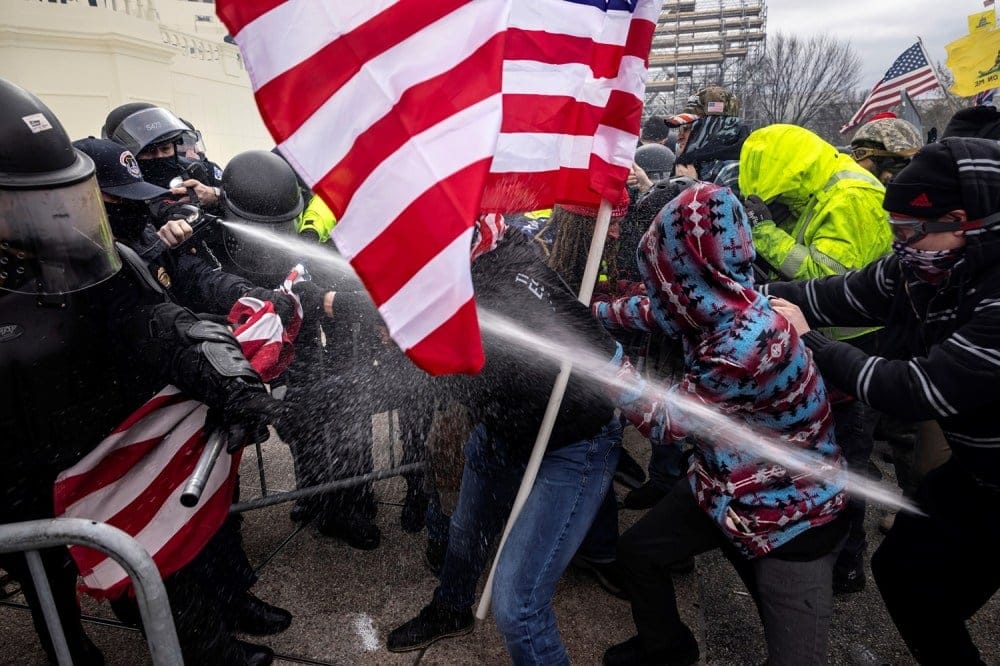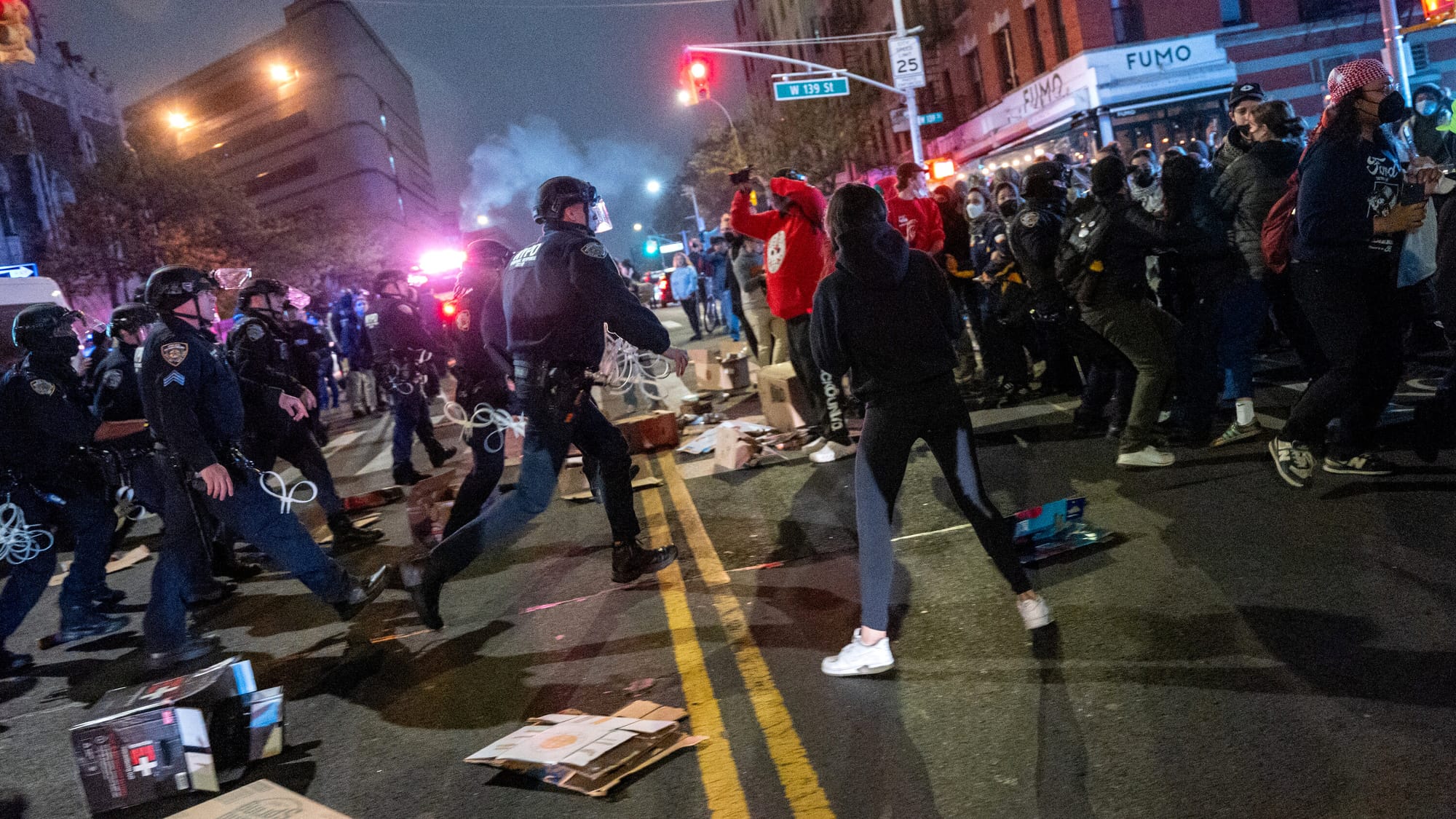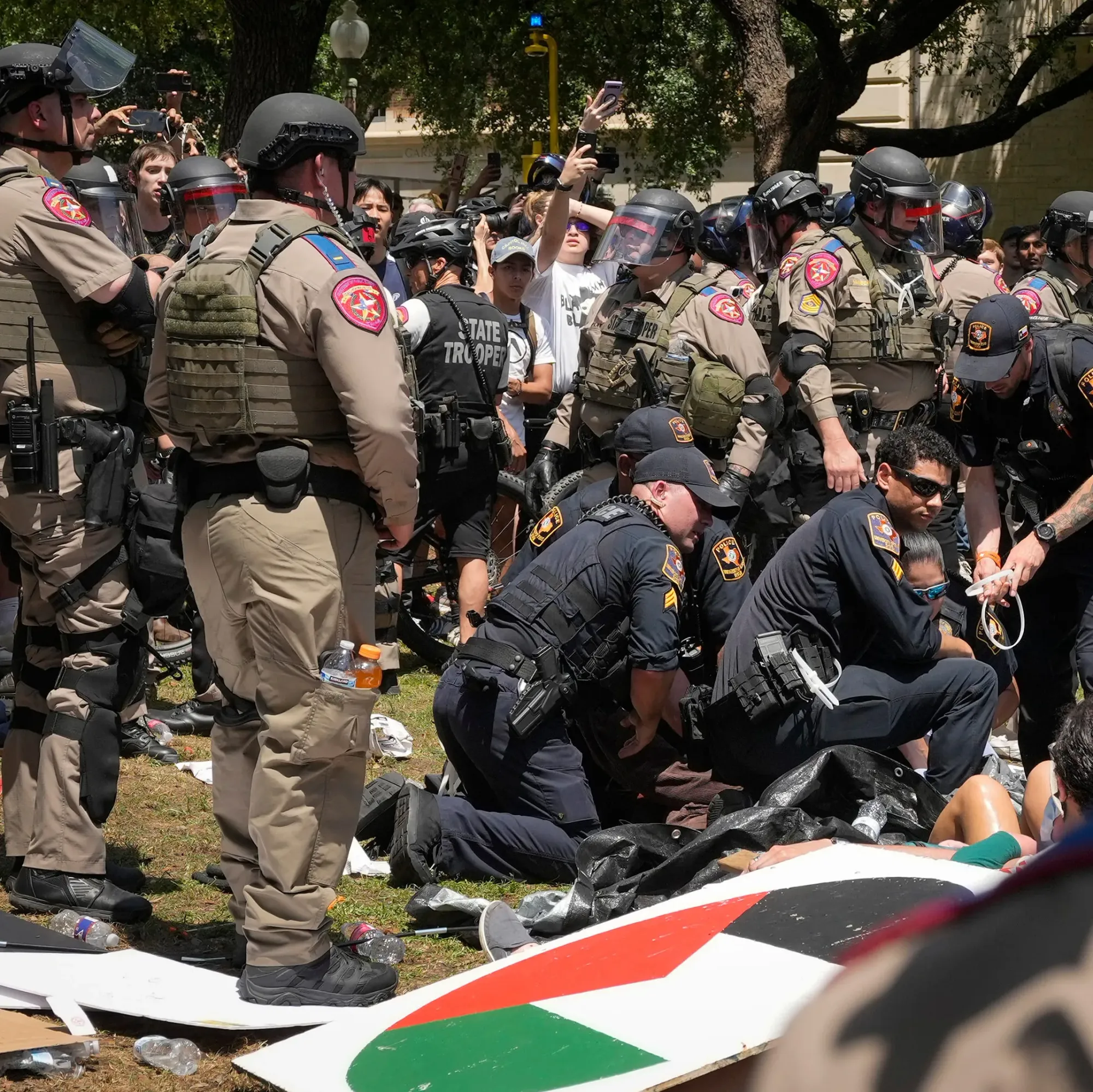Ensuring Business Security and Preparedness During Civil Unrest

In times of civil unrest, businesses can face significant risks, including vandalism, looting, and property damage. To mitigate these threats, it is essential for business owners to implement comprehensive security measures and emergency preparedness plans. Here are some strategies to protect your business and ensure continuity during such events:






Physical Security Measures
- Install Surveillance Systems: Place monitored surveillance cameras at key points around your building to deter potential intruders and gather evidence if needed[1][6].
- Fortify Entry Points: Secure windows and doors with roll-down shutters, plywood boards, or burglary-resistant glazing to prevent forced entry[4][6].
- Perimeter Security: Maintain full perimeter fencing with secure gates and ensure that emergency responders have access via a Knox box or breakaway shackles[4].
- Lighting and Signage: Adequately light all sides of the building and place signage around the perimeter warning that trespassers will be prosecuted[4].
- Remove Potential Projectiles: Clear away any objects that could be used to damage the building, such as trash bins or outdoor furniture[6].
Emergency Preparedness
- Develop a Comprehensive Plan: Create a detailed emergency response plan that includes evacuation routes, communication protocols, and roles for staff members during an emergency[2][5].
- Conduct Regular Drills: Train employees on the emergency plan through regular drills to ensure everyone knows how to respond effectively[3].
- Communication Strategy: Establish clear communication channels with employees, customers, and local authorities to provide timely updates during unrest[2].
Business Continuity Planning
- Safeguard Business Operations: Plan for potential disruptions by identifying alternative work locations, rerouting shipments, and delaying non-essential operations[2].
- Inventory Management: Remove or secure valuable inventory and equipment to minimize losses. Consider relocating high-value items to a secure off-site location[4][7].
- Insurance Coverage: Review your insurance policies to ensure coverage for damages related to civil unrest, including property, liability, and business interruption insurance[2][6].
Security Personnel and Partnerships
- Hire Security Guards: Position security personnel at critical points around your property to deter potential threats. Ensure guards are trained in conflict de-escalation and understand the legal use of force[5].
- Collaborate with Law Enforcement: Partner with local law enforcement to receive updates on potential threats and coordinate response efforts[6].
By implementing these strategies, businesses can better protect their assets and ensure the safety of employees and customers during periods of civil unrest. Proactive planning and preparedness are key to minimizing risks and maintaining business continuity in challenging situations.
Best Practices for Businesses to Communicate Effectively During Civil Unrest
Effective communication is crucial for businesses during times of civil unrest to ensure the safety of employees, protect assets, and maintain operations. Here are some best practices for businesses to enhance their communication strategies during such challenging times:

1. Implement a Robust Emergency Communication System
- Multi-Channel Alerts: Utilize a mass notification system that can send alerts across various channels such as SMS, email, desktop alerts, and digital signage. Systems like ContactMonkey and Alertus offer comprehensive solutions that integrate with existing communication infrastructures.
- Real-Time Updates: Ensure that your communication system can provide real-time updates to employees. This helps in disseminating the most current information and instructions as situations evolve.
2. Develop a Clear Communication Plan
- Pre-Defined Templates: Use pre-designed templates for different types of emergencies to save time and reduce errors during a crisis. These templates should cover various scenarios and be easily customizable.
- Two-Way Communication: Encourage feedback from employees to understand their concerns and gather on-the-ground insights. This can improve situational awareness and help in making informed decisions.
3. Maintain Updated Contact Information
- Employee Contact Lists: Regularly update contact information for all employees, ensuring that you can reach them quickly in case of an emergency. This includes phone numbers, email addresses, and alternative contact methods if necessary.
4. Coordinate with Authorities and Stakeholders
- Engage with Local Authorities: Maintain open lines of communication with local law enforcement and emergency services. This ensures you receive timely information about potential threats and can coordinate response efforts effectively.
- Inform Stakeholders: Keep customers, suppliers, and other stakeholders informed about your business status and any changes in operations due to civil unrest.
5. Train Employees on Communication Protocols
- Regular Drills and Training: Conduct regular training sessions to familiarize employees with emergency communication protocols. This includes understanding how to receive and respond to alerts and knowing the procedures for different types of emergencies.
6. Monitor Social Media and News Outlets
- Proactive Monitoring: Assign a team to monitor social media and news outlets for early signs of unrest. This allows you to anticipate potential disruptions and communicate any necessary precautions to employees in advance.
7. Evaluate and Improve Communication Systems
- Analyze Communication Effectiveness: After an event, review the performance of your communication system. Analyze metrics such as delivery rates, response times, and employee feedback to identify areas for improvement.
By implementing these best practices, businesses can enhance their ability to communicate effectively during civil unrest, ensuring the safety of employees and minimizing disruptions to operations.
Mapping out locations and groups involved in civil unrest
Can be a complex task, given the dynamic nature of protests and political demonstrations. However, there are several key groups and geolocations that have been identified as significant in the context of recent and potential civil unrest, particularly around major political events like the Democratic National Convention (DNC) and the 2024 presidential election in the United States.

Key Groups Involved in Civil Unrest
- Pro-Palestinian Activists: These groups have been particularly active during the Democratic National Convention in Chicago, protesting against U.S. policies related to Israel and Gaza.
- Far-Right Extremist Groups: These groups have shown potential for mobilization in swing states like Michigan, Pennsylvania, and Wisconsin, especially around election periods. They have been associated with increased activity in response to perceived threats or political developments.
- Coalition to March on the RNC: This coalition includes various movements such as the student movement, Palestinian movement, anti-war movement, and others, which have protested against the Republican National Convention and broader Republican policies.
- Poor People's Army: This group has been involved in protests focusing on issues like homelessness and economic inequality, particularly during events like the DNC.
- Antifa
- Nature and Activities: Antifa is a decentralized, left-wing, anti-fascist movement known for its opposition to far-right ideologies. It has been involved in various protests across the U.S., often countering right-wing rallies. Antifa is known for using direct action tactics, which sometimes include property damage and confrontations with law enforcement.
- Black Lives Matter (BLM)
- Funding and Support: There have been persistent claims linking George Soros to BLM, suggesting he funds the movement. However, Soros's Open Society Foundations have not directly funded BLM, although they support various social justice initiatives that align with BLM's goals.
- Role in Protests: BLM has been at the forefront of protests against racial injustice and police brutality. While the movement has been mostly peaceful, some protests have turned violent, leading to accusations of BLM inciting unrest.
- George Soros and Alleged Influence
- Conspiracy Theories: George Soros has been a frequent target of conspiracy theories, particularly from far-right groups, accusing him of orchestrating protests and civil unrest, including those involving BLM and Antifa. These claims are largely unfounded and often serve to delegitimize the protests.
- Financial Contributions: Soros's Open Society Foundations have contributed to various groups advocating for social justice and police reform, but there is no evidence that Soros directly funds violent protests or pays individuals to participate in them.

Allegations of Violence: While Antifa has been blamed for violent activities during protests, such as those following George Floyd's murder, there is no concrete evidence of organized violent actions directly attributed to Antifa. Reports suggest that while Antifa can escalate situations, the threat of violence from organized far-right groups is considered greater.
Geolocations of Interest
- Chicago, Illinois: The site of the 2024 Democratic National Convention, where significant protests have occurred, particularly by pro-Palestinian groups. Key locations include Union Park and the Israeli Consulate.
- Swing States: Michigan, Pennsylvania, and Wisconsin are considered pivotal in the 2024 election cycle. These states have a history of political demonstrations and extremist group activity, making them potential hotspots for unrest.
- Milwaukee, Wisconsin: This city hosted protests during the Republican National Convention, with various groups voicing opposition to Republican policies.
- Santiago de Cuba, Cuba: Although not in the U.S., this location experienced significant protests in 2024 related to food shortages and economic conditions, highlighting the potential for unrest in regions with socio-economic grievances.
Tools and Resources
- US Crisis Monitor: Provides an interactive map to visualize demonstration trends and extremist activity across the United States. This tool allows users to filter events by date, location, and group involvement, offering a comprehensive view of civil unrest dynamics.
By understanding the groups involved and mapping out key geolocations, businesses, and authorities can better prepare for potential disruptions and ensure safety and security during periods of civil unrest.
Citations:
[1] https://www.riotglass.com/riots-and-looting/
[2] https://www.marsh.com/pr/en/services/terrorism-risk/insights/four-ways-to-prepare-for-civil-unrest-risks.html
[3] https://talglobal.com/knowledge-center/business-security-civil-unrest/
[4] https://www.travelers.com/resources/business-topics/business-continuity/protect-business-property-civil-unrest
[5] https://www.securitymagazine.com/articles/94143-security-tactics-for-protecting-businesses-during-riots
[6] https://www.uschamberfoundation.org/disasters/protecting-your-business-threatened-civil-unrest
[7] https://www.cbiz.com/insights/articles/article-details/protecting-your-business-during-civil-unrest





